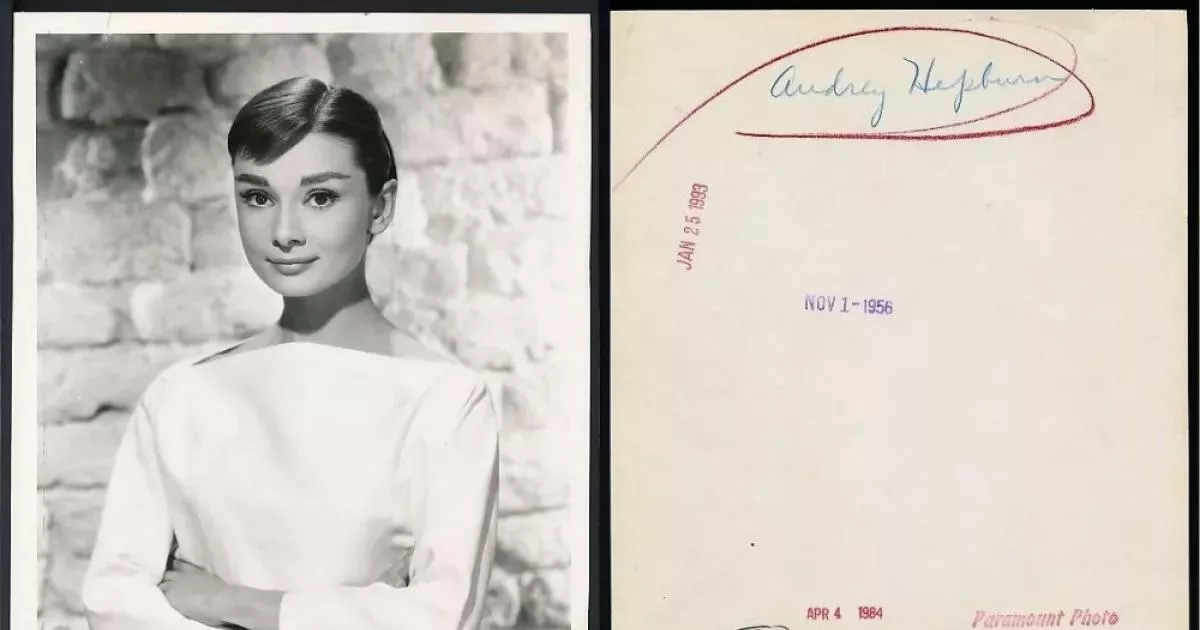From career breakthroughs to professional milestones, explore how Audrey Hepburn made an impact.
Audrey Hepburn, a British actress, achieved iconic status in film and fashion. Celebrated as one of Hollywood's greatest female screen legends by the American Film Institute, she was also inducted into the International Best Dressed Hall of Fame List. Her enduring influence transcends acting, solidifying her position as a cultural figure.
1944: Performing ballet to support the Dutch resistance
By 1944, Audrey Hepburn was performing ballet to raise money to support the Dutch resistance during World War II.
1948: Film Debut and Stage Performance
In 1948, Audrey Hepburn made her film debut as a flight stewardess in the Dutch film "Dutch in Seven Lessons" and performed on the British stage in the musical "High Button Shoes".
1948: Film Debut in Seven Lessons
In 1948, Audrey Hepburn made her film debut playing an air stewardess in "Dutch in Seven Lessons", an educational travel film.
1948: Ballet Scholarship and Chorus Girl
In 1948, Audrey Hepburn moved to London on a ballet scholarship with Ballet Rambert and appeared as a chorus girl in the West End musical theatre revue "High Button Shoes".
1949: Chorus girl in Sauce Tartare
In 1949, Audrey Hepburn appeared as a chorus girl in Cecil Landeau's "Sauce Tartare" at the Cambridge Theatre.
1950: Work as a Dancer
In 1950, Audrey Hepburn worked as a dancer in "Summer Nights" at Ciro's London.
September 1951: Screen Test for Roman Holiday
In September 1951, Thorold Dickinson made a screen test with Audrey Hepburn and sent it to William Wyler, who was preparing 'Roman Holiday', leading to interest from Paramount producers.
November 1951: Opening of Gigi on Broadway
In November 1951, Audrey Hepburn's performance in the Broadway play 'Gigi' opened at the Fulton Theatre, receiving praise despite criticisms of the stage version, with 'Life' calling her a "hit" and 'The New York Times' highlighting her winning quality.
1951: Early Film Appearances
In 1951, Audrey Hepburn appeared in the BBC Television play 'The Silent Village' and had minor roles in the films 'One Wild Oat', 'Laughter in Paradise', 'Young Wives' Tale', and 'The Lavender Hill Mob'.
May 1952: Closure of Gigi on Broadway
In May 1952, Audrey Hepburn's Broadway play 'Gigi' closed after 219 performances.
October 1952: Gigi Tour Begins
In October 1952, Audrey Hepburn's tour for the play 'Gigi' began in Pittsburgh.
1952: Major Supporting Role in Secret People
In 1952, Audrey Hepburn was cast in her first major supporting role in Thorold Dickinson's 'Secret People', playing a prodigious ballerina and performing her own dancing sequences.
September 1953: Time Magazine Cover
On September 7, 1953, Audrey Hepburn was featured on the cover of Time magazine, solidifying her rising fame and influence on personal style.
1953: Critical Acclaim and Awards for Roman Holiday
In 1953, Audrey Hepburn gained critical acclaim for her role in 'Roman Holiday', winning an Academy Award for Best Actress, a BAFTA Award for Best British Actress in a Leading Role, and a Golden Globe Award for Best Actress in a Motion Picture – Drama.
1953: Hollywood Debut in Roman Holiday
In 1953, Audrey Hepburn made her Hollywood debut in William Wyler's "Roman Holiday" opposite Gregory Peck, which made her a star and earned her the Academy Award for Best Actress.
1953: Stardom with Roman Holiday and Tony Award for Ondine
In 1953, Audrey Hepburn rose to stardom in the romantic comedy "Roman Holiday" alongside Gregory Peck, winning an Academy Award, a Golden Globe Award, and a BAFTA Award for her performance. She also won a Tony Award for Best Leading Actress in a Play for her performance in "Ondine".
1953: Rise to Stardom with Roman Holiday
In 1953, Audrey Hepburn rose to stardom with her role in "Roman Holiday", presenting an alternative feminine ideal that appealed more to women than men.
1953: Starring Role in Roman Holiday
In 1953, Audrey Hepburn starred in 'Roman Holiday', playing Princess Ann, marking her first leading role and launching her to stardom.
1953: Academy Award for Best Actress
In 1953, Audrey Hepburn won the Academy Award for Best Actress for her performance in "Roman Holiday".
1954: Roles in Sabrina and Ondine
In 1954, Audrey Hepburn played a chauffeur's daughter in Billy Wilder's "Sabrina" and garnered the Tony Award for Best Actress in a Play for portraying the titular water nymph in the play "Ondine".
1954: Starring in Sabrina and Awards
In 1954, Audrey Hepburn starred in Billy Wilder's 'Sabrina', earning an Academy Award nomination and winning a BAFTA Award for Best Actress in a Leading Role.
1954: Starred in Sabrina
In 1954, Audrey Hepburn starred in the film "Sabrina" with Humphrey Bogart and William Holden.
1954: Givenchy Designed Wardrobe for Sabrina
In 1954, Hubert de Givenchy was hired to design Audrey Hepburn's on-screen wardrobe for her second Hollywood film, "Sabrina", marking the beginning of a life-long friendship and professional collaboration.
1954: Contributed to UNICEF
Since 1954, Audrey Hepburn had contributed to UNICEF.
1955: Golden Globe for World Film Favorite
In 1955, despite having no new film releases, Audrey Hepburn received the Golden Globe for World Film Favorite, recognizing her popularity.
1956: Starring in "War and Peace"
In 1956, Audrey Hepburn and Mel Ferrer starred together in the film "War and Peace".
1956: War and Peace Release
In 1956, Audrey Hepburn starred as Natasha Rostova in 'War and Peace', an adaptation of the Tolstoy novel, which earned her BAFTA and Golden Globe nominations.
1957: Starred in Funny Face
In 1957, Audrey Hepburn starred in the musical "Funny Face," singing her own parts.
1957: Starring in Funny Face and Love in the Afternoon
In 1957, Audrey Hepburn starred in the musical film 'Funny Face' alongside Fred Astaire, and in the romantic comedy 'Love in the Afternoon' with Gary Cooper and Maurice Chevalier.
1957: Costume Design for Multiple Films and Face of L'Interdit
In 1957, Givenchy designed Audrey Hepburn's costumes for "Love in the Afternoon" and "Funny Face", and she also became the face of Givenchy's first perfume, L'Interdit.
1959: Starring in The Nun's Story
In 1959, Audrey Hepburn starred as Sister Luke in 'The Nun's Story', earning her a third Academy Award nomination and a second BAFTA Award.
1960: Starring in The Unforgiven
In 1960, Audrey Hepburn starred in her only western film, 'The Unforgiven', appearing opposite Burt Lancaster and Lillian Gish.
1961: Starring in The Children's Hour
In 1961, Audrey Hepburn also starred in William Wyler's drama 'The Children's Hour', playing a teacher accused of being a lesbian.
1961: Starring in Breakfast at Tiffany's
In 1961, Audrey Hepburn starred as Holly Golightly in 'Breakfast at Tiffany's', a role that became one of the best-known in American cinema and a defining moment in her career; she was nominated for an Academy Award for her performance.
1961: Costume Design for Breakfast at Tiffany's
In 1961, Givenchy designed Audrey Hepburn's costumes for "Breakfast at Tiffany's".
1963: Starred in Charade
In 1963, Audrey Hepburn starred in the thriller-romance "Charade" opposite Cary Grant.
1963: Costume Design for Charade
In 1963, Givenchy designed Audrey Hepburn's costumes for "Charade".
1964: Release of Paris When It Sizzles
In 1964, 'Paris When It Sizzles', filmed in 1962, was released, receiving negative reviews despite critics being relatively kinder to Audrey Hepburn's performance.
1964: Starred in My Fair Lady
In 1964, Audrey Hepburn starred in the musical "My Fair Lady".
1964: Costume Design for Paris When It Sizzles
In 1964, Givenchy designed Audrey Hepburn's costumes for "Paris When It Sizzles".
1966: Starring in "How to Steal a Million"
In 1966, Audrey Hepburn starred in the heist comedy "How to Steal a Million", playing the daughter of an art collector whose forgeries are about to be exposed. She collaborates with a man played by Peter O'Toole to help her father.
1966: Costume Design for How to Steal a Million
In 1966, Givenchy designed Audrey Hepburn's costumes for "How to Steal a Million".
1967: Shifting Focus to Family
After 1967, Audrey Hepburn began to dedicate more time to her family and acted less frequently.
1967: Roles in "Two for the Road" and "Wait Until Dark"
In 1967, Audrey Hepburn appeared in "Two for the Road", a dramedy about a troubled marriage where she felt freer and happier, and in "Wait Until Dark", a suspense thriller where she played a terrorized blind woman, earning her a final Academy Award nomination.
1967: Starred in Wait Until Dark
In 1967, Audrey Hepburn starred in the thriller "Wait Until Dark", receiving Academy Award, Golden Globe, and BAFTA nominations.
1976: Comeback in "Robin and Marian"
In 1976, Audrey Hepburn attempted a comeback in the period piece "Robin and Marian", co-starring with Sean Connery.
1979: Starring in "Bloodline"
In 1979, Audrey Hepburn starred in "Bloodline" with Ben Gazzara, James Mason, and Romy Schneider. The film was an international intrigue amid the jet-set, but it was not successful.
1981: Leading role in "They All Laughed"
In 1981, Audrey Hepburn played the leading role opposite Ben Gazzara in the comedy "They All Laughed", directed by Peter Bogdanovich. However, the film's release was overshadowed by tragic events and it received a limited release.
1987: Co-starring in "Love Among Thieves"
In 1987, Audrey Hepburn co-starred with Robert Wagner in the made-for-television caper film, "Love Among Thieves".
August 1988: Immunisation Campaign in Turkey
In August 1988, Audrey Hepburn participated in an immunisation campaign in Turkey, praising it as an example of UNICEF's capabilities, where the army and fishmongers provided assistance for vaccine distribution.
1988: Worked in impoverished communities
From 1988, Audrey Hepburn devoted much of her time to UNICEF, working in some of the poorest communities of Africa, South America, and Asia.
1988: UNICEF field mission to Ethiopia
In 1988, Audrey Hepburn made her first field mission for UNICEF in Ethiopia, visiting an orphanage in Mek'ele and arranging for UNICEF to send food.
February 1989: Tour of Central America
In February 1989, Audrey Hepburn toured Central America, meeting with leaders in Honduras, El Salvador, and Guatemala in her role as a UNICEF Goodwill Ambassador.
October 1989: Visit to Bangladesh
In October 1989, Audrey Hepburn visited Bangladesh with Robert Wolders. During her visit, she showed remarkable compassion towards the children, hugging them despite the presence of flies and dirt.
1989: Final Motion Picture Role in "Always"
In 1989, Audrey Hepburn had her last motion picture role with a cameo appearance as an angel in Steven Spielberg's "Always".
1989: Appointment as UNICEF Goodwill Ambassador
In 1989, Audrey Hepburn was appointed a Goodwill Ambassador of UNICEF, expressing her gratitude for the international aid she received as a child during the German occupation.
October 1990: UNICEF Mission to Vietnam
In October 1990, Audrey Hepburn traveled to Vietnam as part of her work with UNICEF, collaborating with the government on national immunization and clean water programs.
1990: Gardens of the World with Audrey Hepburn
In 1990, Audrey Hepburn's last recorded performance was in the documentary television series "Gardens of the World with Audrey Hepburn", for which she won a Primetime Emmy Award.
March 1991: "Gardens of the World" Special
In March 1991, a one-hour special of "Gardens of the World with Audrey Hepburn" preceded the series.
September 1992: Visit to Somalia with UNICEF
In September 1992, four months before her death, Audrey Hepburn visited Somalia with UNICEF. She described the situation there as "apocalyptic" and worse than any famine she had witnessed before.
December 1992: Received US Presidential Medal of Freedom
In December 1992, Audrey Hepburn received the US Presidential Medal of Freedom in recognition of her work as a UNICEF Goodwill Ambassador.
1992: BAFTA Special Award
In 1992, Audrey Hepburn received a BAFTA Special Award.
1992: Recording "Audrey Hepburn's Enchanted Tales"
In 1992, Audrey Hepburn recorded a spoken word album, "Audrey Hepburn's Enchanted Tales", featuring readings of classic children's stories.
January 1993: PBS Premiere and Funeral
On January 24, 1993, the day of Audrey Hepburn's funeral services in Tolochenaz, her series "Gardens of the World" premiered on PBS. She was posthumously awarded an Emmy for the "Flower Gardens" episode.
1993: Jean Hersholt Humanitarian Award
In 1993, Audrey Hepburn was posthumously awarded the Jean Hersholt Humanitarian Award for her humanitarian work.
1993: Founding of Audrey Hepburn Children's Fund
In 1993, a year after Audrey Hepburn's death, her son Sean Ferrer founded the Audrey Hepburn Children's Fund (originally named Hollywood for Children Inc.) to continue her humanitarian work.
2019: Robert Matzen's Book Provided Evidence of Resistance Support
In 2019, Robert Matzen's book provided evidence that Audrey Hepburn had supported the resistance by giving "underground concerts", delivering the underground newspaper, and taking messages and food to downed Allied flyers.
Mentioned in this timeline
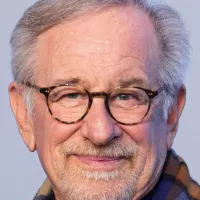
Steven Spielberg is a highly influential American filmmaker recognized as...
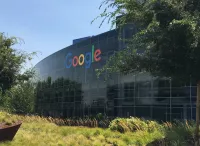
Google LLC is a multinational technology company specializing in online...

Samsung Group is a South Korean multinational manufacturing conglomerate and...
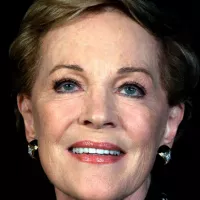
Dame Julie Andrews is a highly acclaimed English actress singer...
Germany officially the Federal Republic of Germany is a Western...
Africa is the second-largest and second-most populous continent comprising of...
Trending
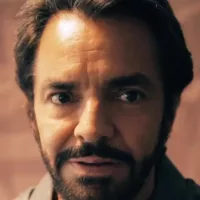
Eugenio Derbez is a highly successful Mexican actor and comedian renowned for his work in both Spanish and English language...

2 months ago Angela Bassett As Queen Ramonda Stuns At Vogue World 2025; Black Panther Tribute.

8 months ago Tesla Board Initiated CEO Search to Replace Elon Musk Amidst Leadership Concerns.
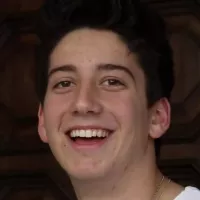
9 months ago Milo Manheim and Liz Gillies bond in Little Shop of Horrors, extend run.
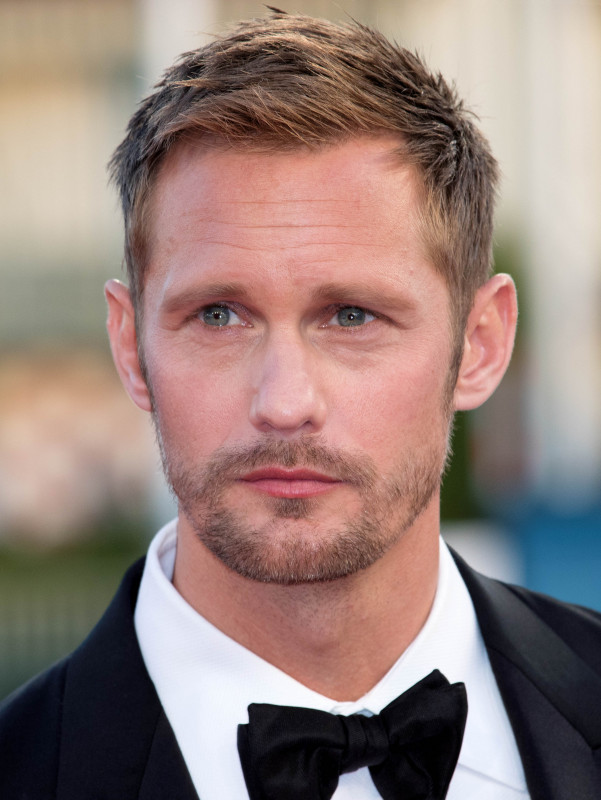
1 month ago Alexander Skarsgård reminds Miriam Margolyes of their meeting; addresses sexuality question, states 'not really' gay.
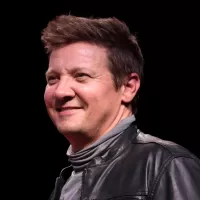
2 months ago Jeremy Renner faces accusations of ICE threat and misconduct controversy in Hollywood.
Popular

Stranger Things created by the Duffer Brothers is a popular...

XXXTentacion born Jahseh Dwayne Ricardo Onfroy was a controversial yet...

Kelsey Grammer is an accomplished American actor producer and singer...

Candace Owens is an American conservative political commentator and author...

Bernie Sanders is a prominent American politician currently serving as...

Melania Trump a Slovenian-American former model has served as First...
